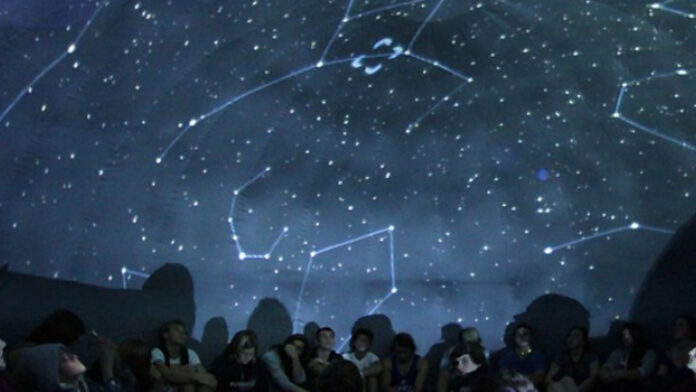
Immerse yourself in the spectacle of the universe, and feel the thrill of the cosmos, all from the comfort of your classroom! This magical experience is possible thanks to mobile planetariums – portable, inflatable domes equipped with state-of-the-art projectors that transform any indoor space into a celestial wonderland.
The concept of planetariums isn’t new; for centuries, humans have created structures to map the sky and better understand our place in the universe. The innovation of mobile planetariums, however, has revolutionized astronomy education. By bringing the cosmos to the classroom, they offer an engaging, interactive, and immersive experience to students of all ages and backgrounds.
Enhancing Science Education with Mobile Planetariums
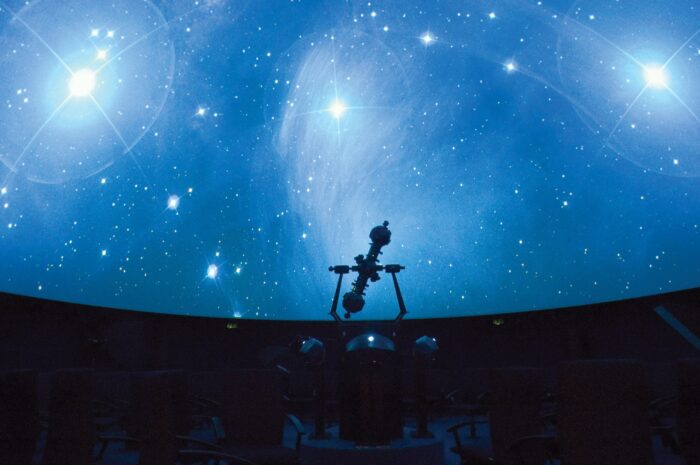
Education is experiencing an evolution, with new technologies making learning more dynamic and interactive. Mobile planetariums for schools are leading this transformation in science education. They deliver engaging 3D visualizations that transcend traditional textbooks and blackboards, drawing students into an interactive exploration of the universe. This interactive pedagogy helps in simplifying complex astronomical concepts, making them easily digestible and memorable.
Research shows that hands-on learning environments like those provided by mobile observatories significantly improve understanding, retention, and application of scientific knowledge. The immersive experience stimulates curiosity, fosters critical thinking, and encourages students to become active participants in their learning journey, rather than passive recipients of information.
Accessibility and Inclusivity: Reaching Every Student
Mobile planetariums democratize access to high-quality astronomy education. With their portability, they can travel to schools in rural or under-resourced communities that might not have access to a traditional observatory. The flexibility allows for the adjustment of content to accommodate students of different ages and abilities, ensuring inclusivity.
They also offer opportunities for experiential learning to students with different learning styles. Visual learners can absorb stunning visuals; auditory learners can engage with the narrative and sound effects, while kinesthetic learners can participate in interactive elements.
Immersive Learning: Engaging Students through Virtual Reality
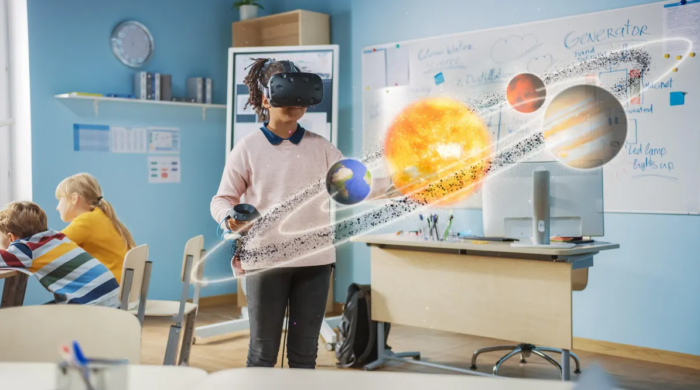
Mobile planetariums are harnessing the power of virtual reality (VR) to offer students unparalleled immersive experiences. Through VR headsets, students can experience a spacewalk, explore the surface of Mars, or witness the formation of a galaxy. This technology stimulates a sense of presence in space, making learning personal, profound, and unforgettable.
Immersive VR experiences also promote emotional engagement, an often overlooked but crucial aspect of learning. When students feel awe as they ‘stand’ on the surface of the moon, they’re more likely to remember and understand the lunar geography they’re studying.
Bringing the Universe to Your Classroom
The high-resolution, 360-degree dome projection system allows for a truly immersive viewing experience. Some models include interactive consoles for students to control the display, thereby driving their learning. Advanced systems can even simulate celestial events like eclipses, supernovae, or asteroid impacts.
Moreover, the modular nature of mobile planetarium content allows for its integration into various areas of the curriculum – from physics to history, art, and even literature. This interdisciplinary approach can engage students who might not see themselves as ‘science people,’ broadening the appeal of space science.
Enhancing Astronomy Curriculum
Astronomy is a fascinating subject, but its abstract concepts can be challenging to grasp through conventional teaching methods. Mobile planetariums provide a unique solution to this problem. By providing a tangible, visual context, they help students understand scale, distance, and time in the universe.
Teachers can use the planetarium’s capabilities to align with curriculum objectives, such as demonstrating the phases of the moon, explaining the seasons, or showing the lifecycle of a star. The interactive nature of the planetarium encourages students to ask questions and seek answers, fostering an atmosphere of inquiry-based learning.
Inspiring STEM Careers: Encouraging Students’ Interest in Space Science
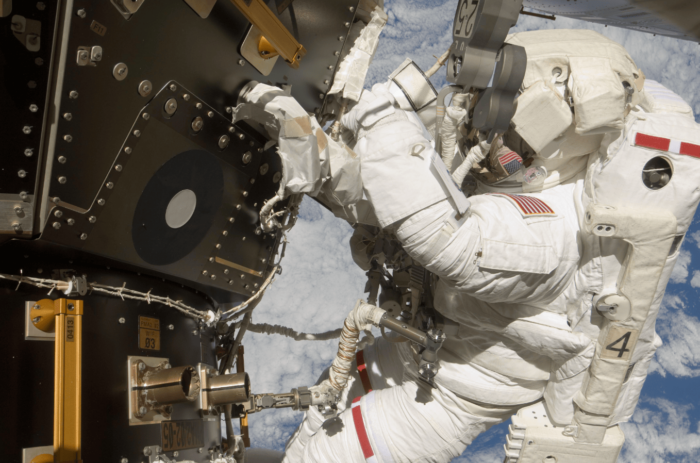
By sparking students’ interest in the cosmos, they can stimulate a love for science and potentially guide students toward STEM (Science, Technology, Engineering, and Mathematics) careers. A study by the National Research Council concludes that immersive environments like mobile planetariums are key to motivating students to pursue science.
For some students, these observatories could be their first encounter with space science. This initial exposure could be pivotal in influencing their future career choices and contributing to a generation of astronomers, astrophysicists, and astronauts.
Interactive Experiences: Hands-on Learning
One of the greatest benefits of mobile planetariums is the opportunity for interactive, hands-on learning. Some planetariums offer tactile exhibits or augmented reality experiences where students can manipulate celestial objects, build solar systems, or simulate gravitational effects.
These hands-on experiences stimulate active learning and foster a deeper understanding of scientific principles. By becoming active participants in their education, students develop problem-solving and critical thinking skills, essential competencies for the 21st-century workforce.
Collaboration Opportunities
Mobile planetariums also offer opportunities for schools to collaborate with local planetariums and astronomy clubs. These partnerships can provide access to additional resources, such as expert guest speakers, mentorship programs, and joint events. Such collaborations can enrich the school’s science program and expose students to a community of passionate, knowledgeable individuals.
Professional Development: Training Opportunities for Educators

Investing in a mobile planetarium also offers professional development opportunities for educators. Many companies provide comprehensive training on how to operate the planetarium and develop engaging content. Additionally, the shared experience of learning to use the planetarium can strengthen the teaching community, fostering collaboration and innovation in pedagogy.
Overcoming Challenges: Implementing and Maintaining a Mobile Planetarium
While mobile planetariums offer numerous benefits, they also present challenges. The cost, for instance, can be prohibitive for some schools. Also, managing and maintaining the equipment requires training and commitment. It’s crucial that schools considering a mobile planetarium take these factors into account, seek funding options, and invest in adequate training to ensure successful implementation.
Conclusion
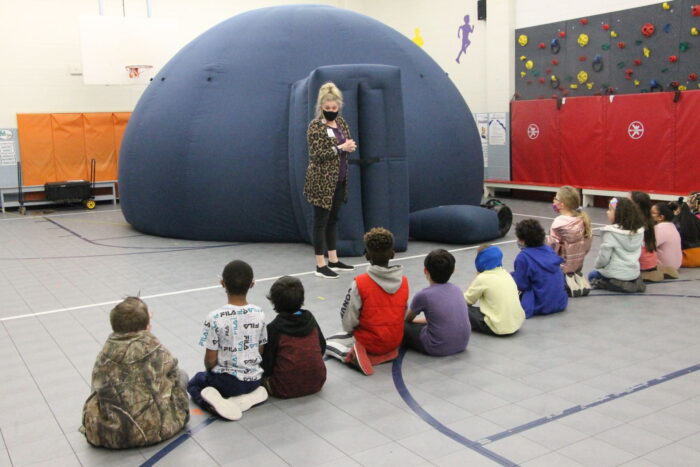
In conclusion, mobile planetariums offer an innovative, engaging, and effective solution to enhance science education. They bring the cosmos to the classroom, inspire future scientists, and open the universe’s wonders to all students. So why not invite the universe into your school and see the cosmos unfold before your eyes? It’s an investment in education that reaches for the stars!








